Best bare-root roses to grow this year – our top five picks
Experts share their favorite rose varieties that are available to grow as bare-root stock, and these showstopper blooms will not disappoint
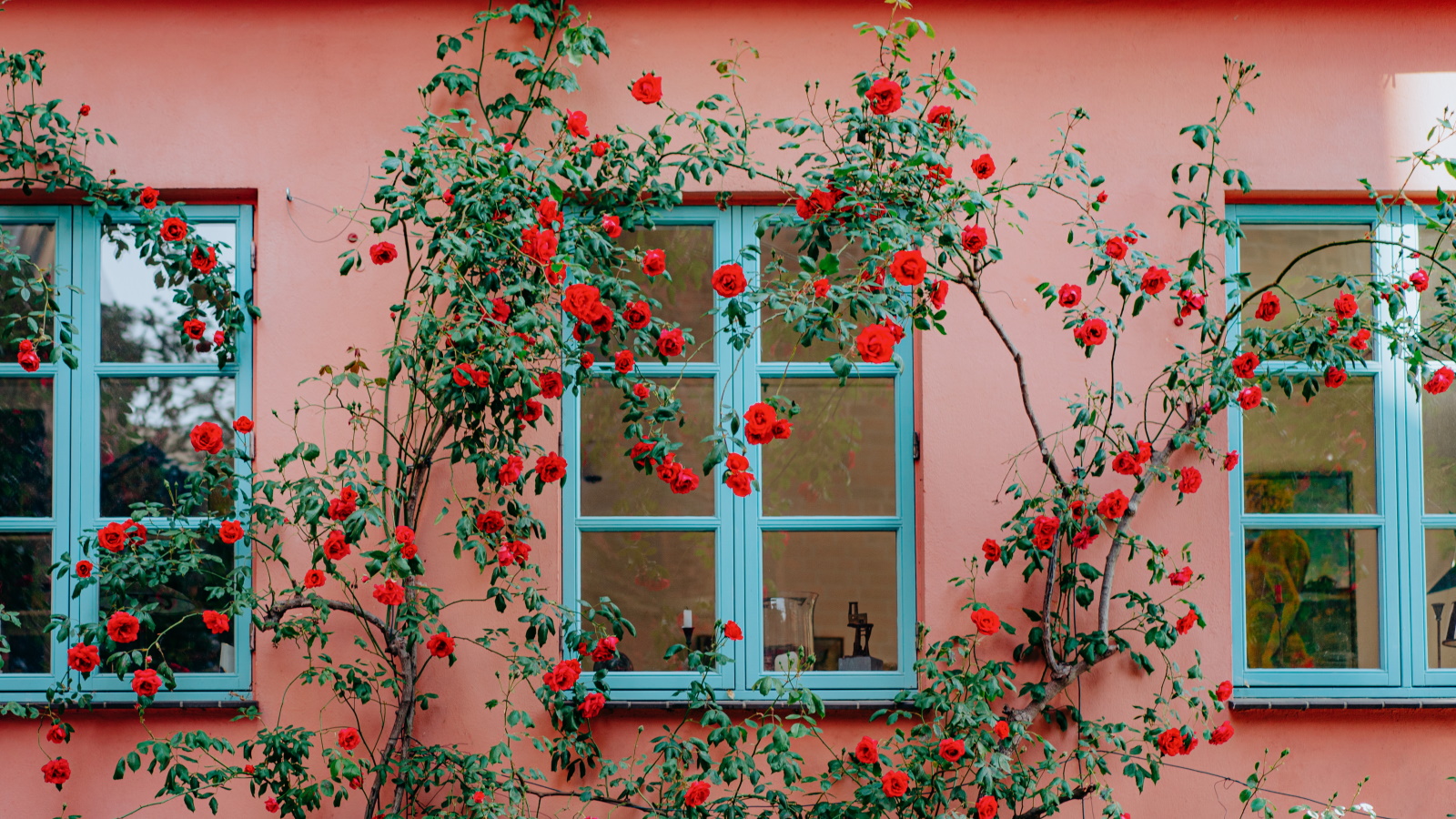

When it comes to roses, opting to grow them from bare-root stock - bought without a pot and with no soil - is an economical and efficient way to build your collection. If you are considering rose garden ideas, or want to grow a selection of new and beautiful flowers this year, buying bare-root roses is certainly a good option.
Available in a range of colors, from delicate pastels to dark reds, many with sublime scents, roses help to curate a romantic and timeless aesthetic in your backyard. It is hard to imagine, but come summer, the gnarled and twisted rootstock that you can pick up from a garden store will transform with shoots of green foliage and masses of brilliant blooms.
The purchasing and planting of bare-root roses takes place in late winter to early spring. This is because the roses are dormant at this time and so the lack of soil or moisture is not a concern whilst the plants are not actively growing. It is best to plant bare-root stock by early spring at the latest, but this will depend on the local climate in your location.
We asked the experts for their top five bare-root rose recommendations for this year, which are both easy to grow and impactful when grown in a backyard or in a container.
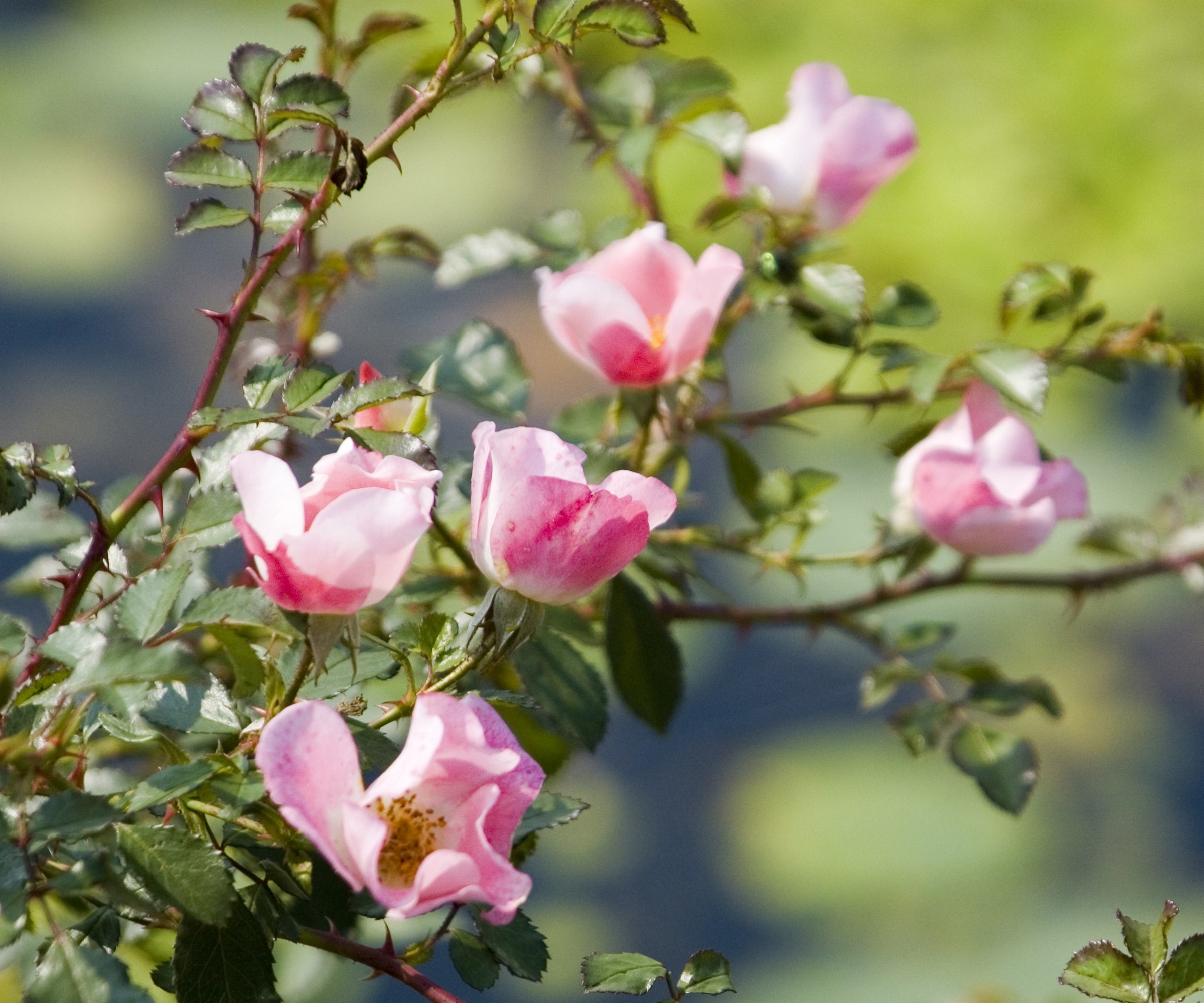
The best bare-root roses as chosen by experts
Growing roses from bare-root stock is an economical and efficient way to grow your rose collection this year. Discover the top five bare-root roses to grow this year for fragrant and floriferous roses in your back or front yard.
Things to remember when planting bare-root roses
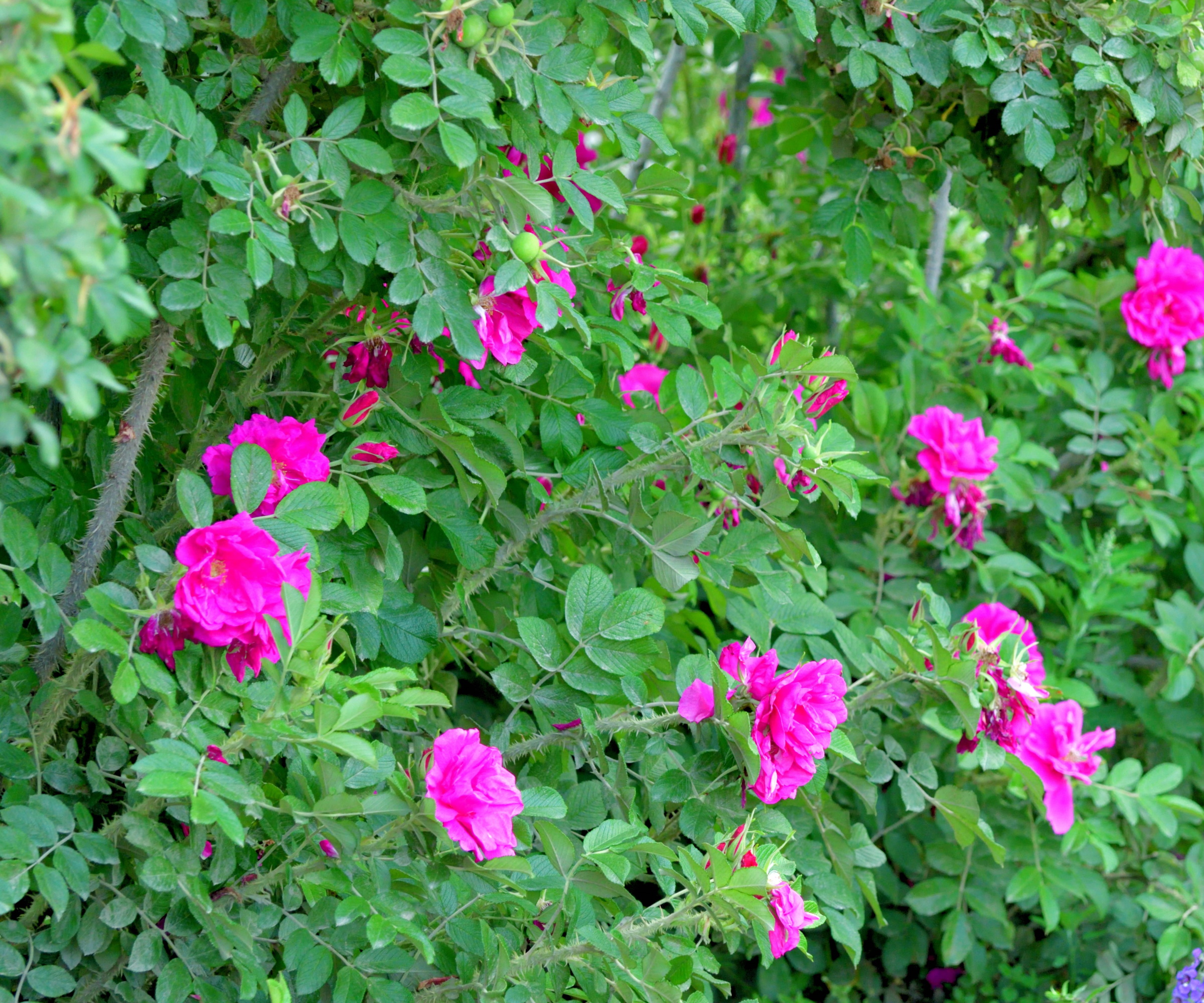
Planting bare-root roses is relatively simple, but there are a few key principles to remember. 'Bare-root roses are best planted in late winter or early spring before new growth begins,' says Mike Murphy, plant expert and owner of You Had Me At Gardening. 'The specific planting time can vary depending on the local climate,' Mike says.
Generally, it is advisable to wait until early spring if you live in US hardiness zones 4 - 7. If you live in zones 8 and above, you will be able to plant bare-root roses in mid to late winter.
Before planting, Mike recommends 'soaking your new bare-root roses in water for several hours or overnight.' This will 'rehydrate the roots and prepare them for the planting process.' At this stage, some pruning is required, taking your time to 'trim any damaged or broken roots with clean, sharp pruners,' Mike says.
Whilst the ideal planting position in your yard will vary depending on the rose variety you select, most roses do best in a spot with at least 4 - 6 hours of sunlight a day. If you are struggling to find a good location, consider growing your bare-root rose in a container, which is ideal if you can move it through the season. This is also a good option if you desire to have a rose close to your home or outside your porch.
'After planting, provide thorough watering to settle the soil around the roots,' Mike says. 'Water regularly, keeping the soil consistently moist but not waterlogged.' It is a good idea to apply a balanced rose fertilizer during this first year, following the instructions on the packaging. You can do this 'in spring, and again after the first flush of blooms,' Mike says. Products that promote flowering and healthy growth, such as this Hi-Yield Rose Fertilizer from Nature Hills, are suitable options.
With proper care, you can 'expect to see new growth, including leaves and potentially buds, within a few weeks to a month after planting,' Mike says. 'The exact timing can vary based on climate conditions and the specific rose variety.'

Mike is the owner of You Had Me At Gardening. He grew up gardening with his parents and grandparents. He enjoys his backyard orchard of dwarf fruit trees, raspberry and blackberry patches, and raised garden boxes. In addition to his perennials, Mike enjoys sprouting new fruit and vegetable seeds every spring.
1. Rose 'Blanc Double de Coubert'
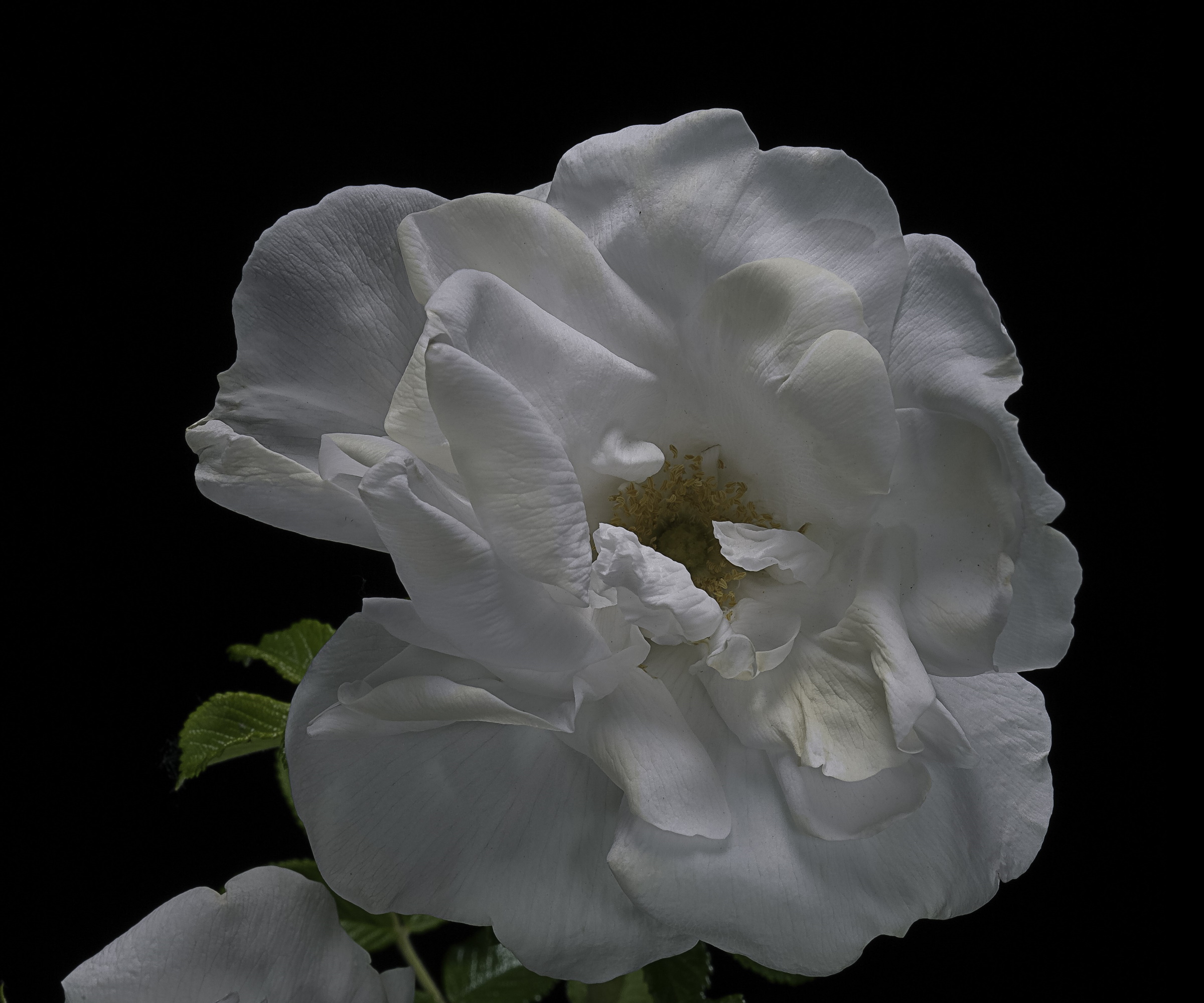
Rosa 'Blanc Double de Coubert' is a 'hardy shrub rose that can survive very low temperatures,' says Whitney Laritson, Merchandising & Content Manager at Nature Hills. This rose will grow happily in US hardiness zones 3 - 7, with '3 - 5 inch white blooms repeat-flowering all summer long, up until the first frost'.
'It has dark green foliage and pure white flowers that can be smelt 3 houses away,' Whitney says. This rose is a 'sun-loving, salt-tolerant, and super hardy rose that blooms well with easy care.
'Simply cut right down to the ground each spring,' Whitney says, and watch your rose shoot again and put on a show year after year.
Rose 'Blanc Double de Coubert' is available from Nature Hills.

Whitney Laritson is a garden expert and the Merchandising & Content Manager at Nature Hills. For the last 20 years, Nature Hills has been passionate about providing high-quality plants you can count on.
2. Red Knock Out Rose
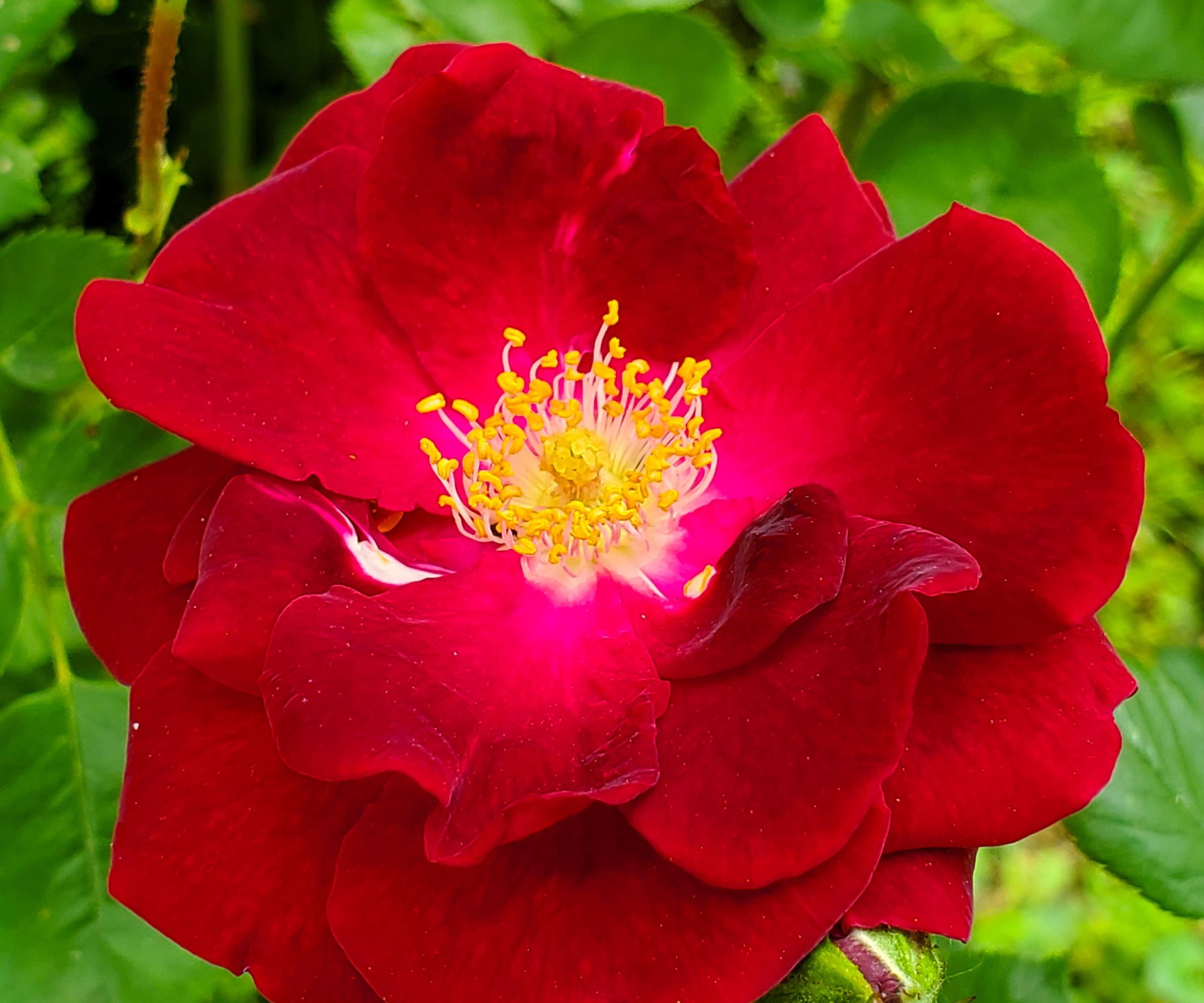
Rosa 'Radtko', or the Red Double Knock Out rose, offers 'beautifully formed flowers with lots of petals and blooms on every single branch tip,' Whitney says. This rose will grow happily in US hardiness zones 5 - 10, with a mature height of approximately 3 - 4 feet, ideal for a small yard.
The 'cherry red blooms flower in repeating waves until the first hard frost in fall,' Whitney continues. This shrub rose prefers a position in full sun, and once established will not require much attention, even through hot and dry summers.
This variety is bred to be 'disease-resistant,' Whitney says, 'and overall is one of the top-performing roses across the country.'
This Red Double Knock Out Rose is available from Nature Hills.
3. High Voltage Rose
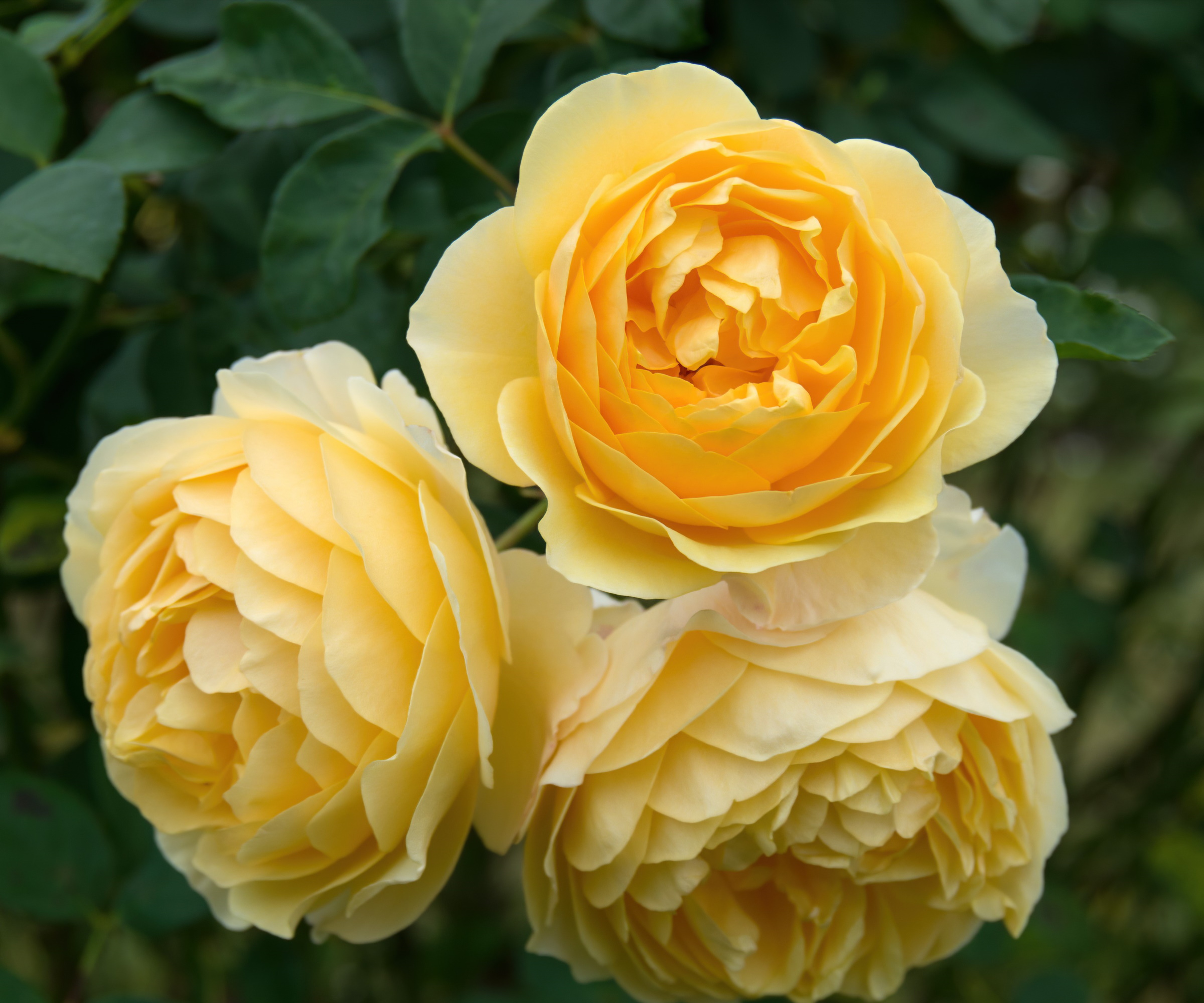
Rosa 'Baiage', or the 'Easy Elegance High Voltage Rose', is 'another shrub rose that’s sure to please,' Whitney says. 'Yellow roses are typically the hardest to grow, but this one breaks that rule.'
Rosa 'Baiage' will grow happily in US hardiness zones 4 - 9, with a mature height of approximately 4 - 5 feet. The 'Easy Elegance' group of Roses all have glossy dark green foliage and are renowned for having months of long-lasting, beautiful blooms. They have been purposefully bred to be a low-maintenance rose.
'Bold yellow buds open to sunny buttercream-colored roses,' Whitney says, and importantly, 'they have a nice fragrance too.' As many rose fans will know, it 'can be hard to find a yellow shrub rose and even rarer to find one that’s so easy to grow,' Whitney continues.
The 'Easy Elegance, High Voltage Rose' is available from Nature Hills.
4. Paint the Town Rose
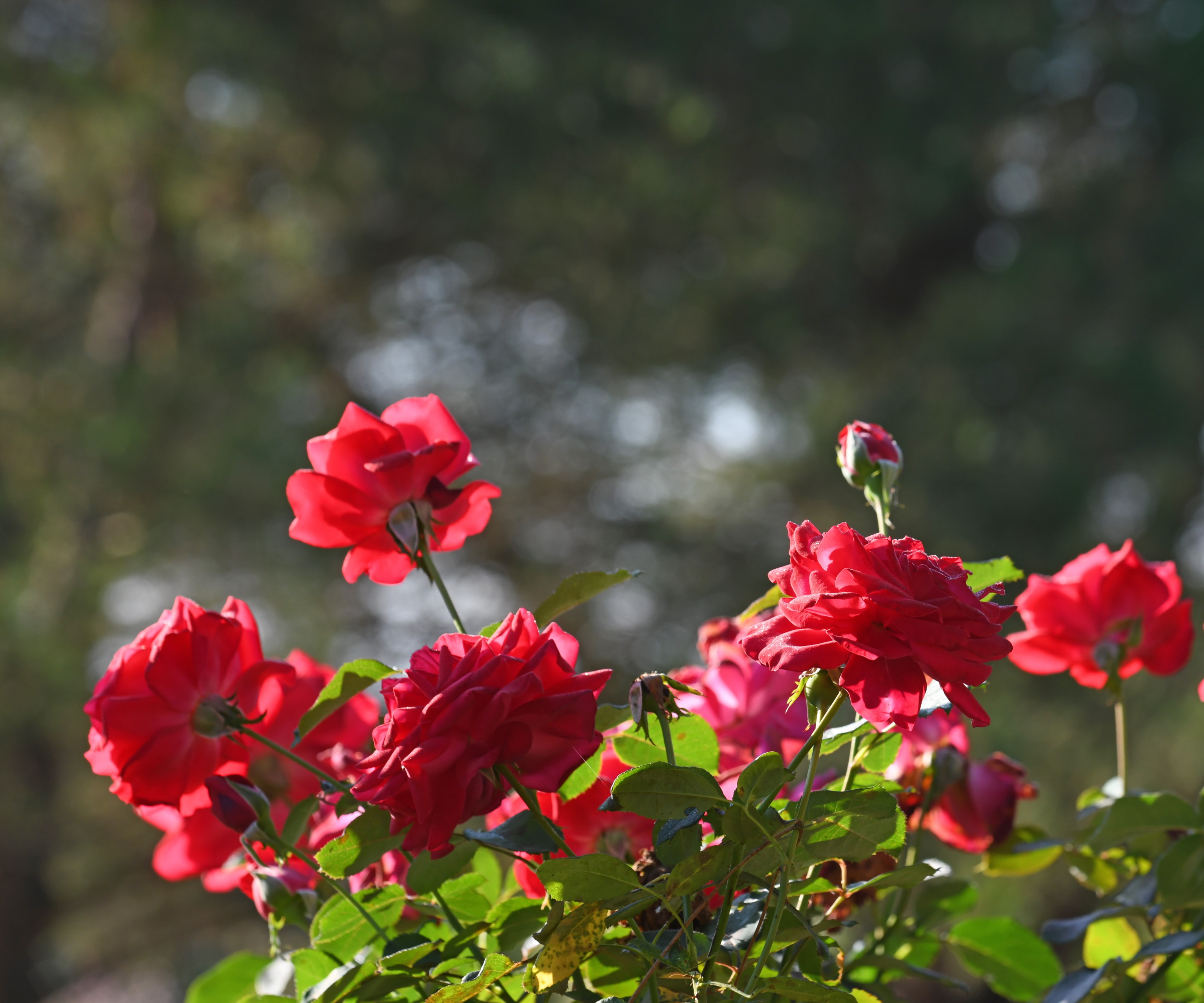
Another 'hardy shrub rose with flower clusters so red and well-formed, you’d think you were looking at a hybrid tea rose,' Whitney says.
This variety of Rosa 'Baiage', 'Easy Elegance Paint the Town Rose' is suited to US hardiness zones 4 - 9, and maintains a compact size, reaching only 2 - 3 feet in height when mature, making this an ideal container option.
Whitney describes this rose as a 'true rock star in your sunny border,' and the more sun it gets, the better your blooms will be. 'Beautiful Red Flowers' emerge in spring and summer, 'with a dark green backdrop of disease-resistant foliage,' says Whitney. Not only will you enjoy this red rose, but pollinators and butterflies love it too.
This 'Easy Elegance, Paint the Town Rose' is available from Nature Hills.
5. Grandma's Blessing Rose
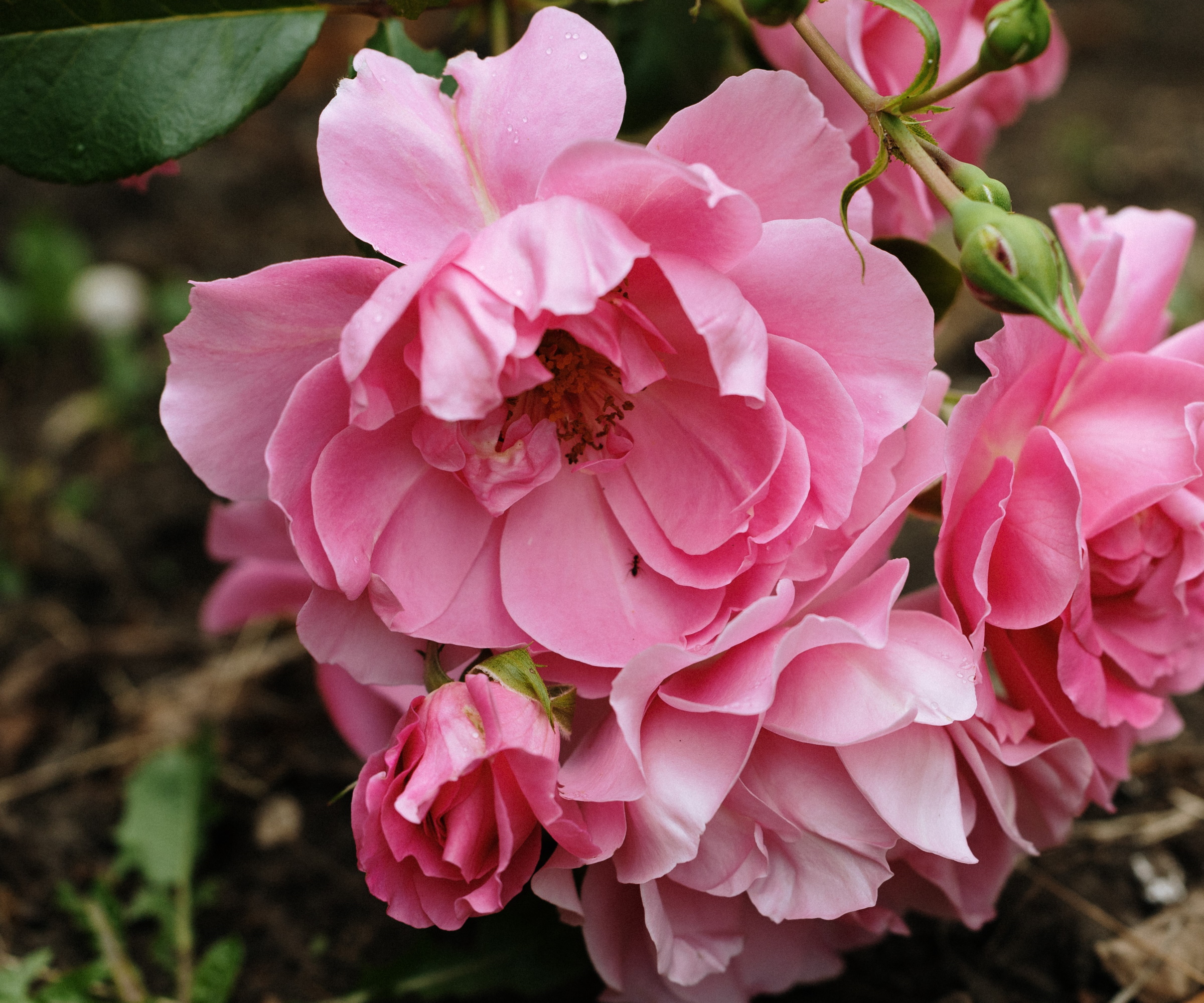
This pink flowering variety of Rosa 'Baiage', 'Easy Elegance Grandma's Blessing Rose' is a 'classic shrub rose,' Whitney says. It is happy in US hardiness zones 5 - 9 and reaches a height of 3 - 5 feet.
This rose has a 'compact growing form,' she adds, 'sporting traditional and popular Hybrid Tea-like blooms beautifully formed with 25 - 30 petals on each.'
It has 'excellent disease resistance and wave after wave of these smoky pink blooms will shine against the elegant green foliage,' Whitney says.
This 'Easy Elegance Grandma's Blessing Rose' is available from Nature Hills.
FAQs
Can I grow bare-root roses in containers?
Yes, bare-root roses are suitable for growing in pots and containers. Many bare-root roses, like the varieties discussed here, are shrub roses, with a bushy and compact habit that is ideal for growing in a container. Ensure that your container is large enough to give your bare-root rose space to grow in the year ahead, and include drainage material below rich, organic soil. In the summer months, containers will dry out quickly, so be sure to regularly water your rose.
Planting bare-root roses in late winter and spring is a great way to add color and interest to your yard. Consider planting climbing roses this year and maximize your floral display by using trellis and wall space to grow even more roses.
Sign up to the Homes & Gardens newsletter
Design expertise in your inbox – from inspiring decorating ideas and beautiful celebrity homes to practical gardening advice and shopping round-ups.

Thomas is a Content Editor within the Gardens Team at Homes and Gardens. He has worked as a professional gardener for both public spaces and private estates, specializing in productive gardening, growing food and flowers. Trained in Horticulture at the Garden Museum, he has written on gardening and garden history for various publications, including The English Garden, Gardens Illustrated, Hortus, The London Gardener and Bloom. He has co-authored a Lonely Planet travel book, The Tree Atlas, due out in 2024.
-
 Kelly Ripa and Mark Consuelos's dining room shelves combine unexpected elements for the ultimate storage solution – it's multi-functional and replicable
Kelly Ripa and Mark Consuelos's dining room shelves combine unexpected elements for the ultimate storage solution – it's multi-functional and replicableGreen shelves in Kelly Ripa and Mark Consuelos' dining room cleverly combine storage to accomplish separate purposes in a pretty way
By Sophie Edwards Published
-
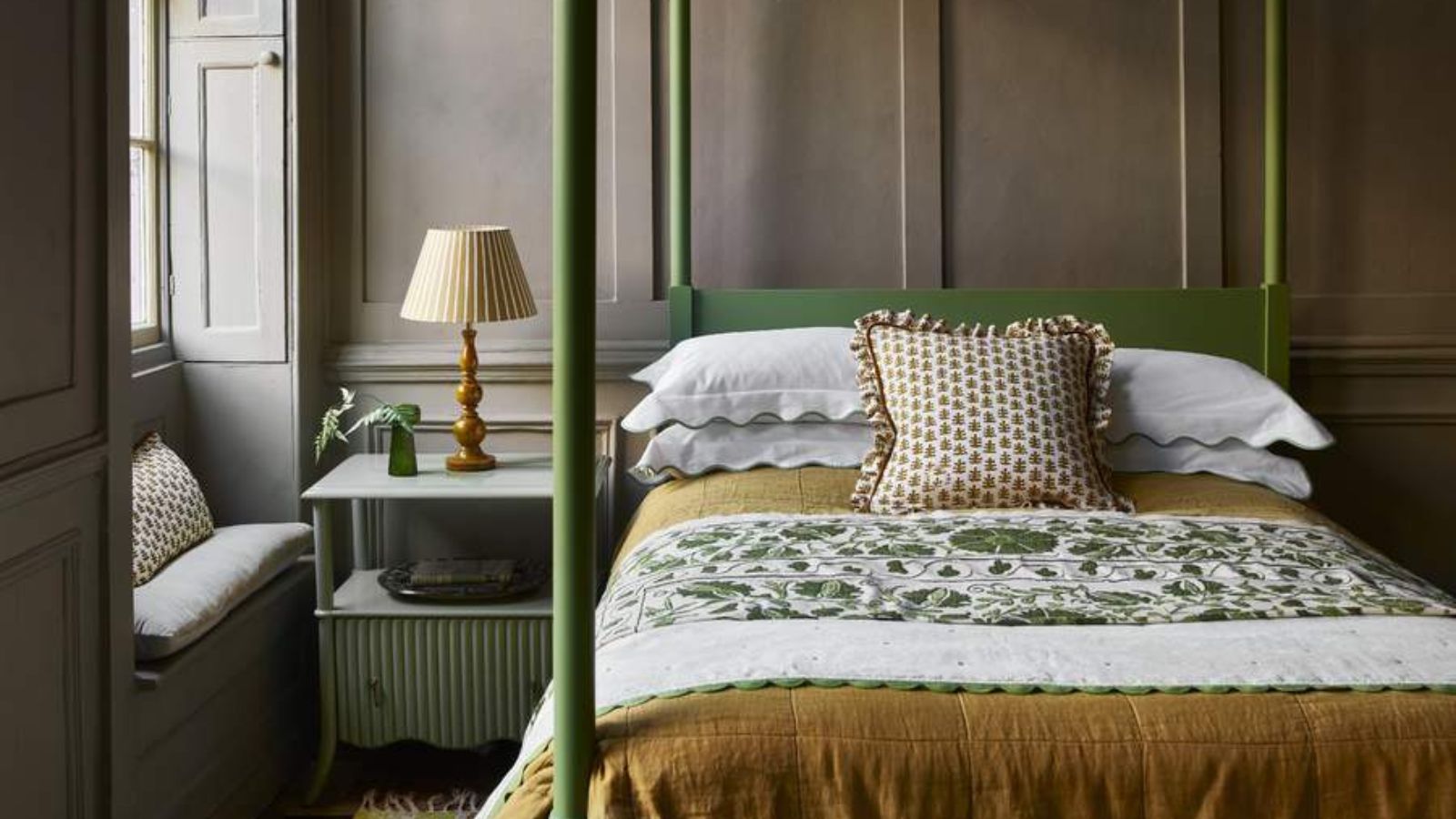 I'm a Sleep Editor – these are the 7 mattress features I think are gimmicks and not worth the spend
I'm a Sleep Editor – these are the 7 mattress features I think are gimmicks and not worth the spendIn my search to find the world's best mattress, I've come across some duds − learn from my mistakes and avoid these mattress gimmicks
By Emilia Hitching Published